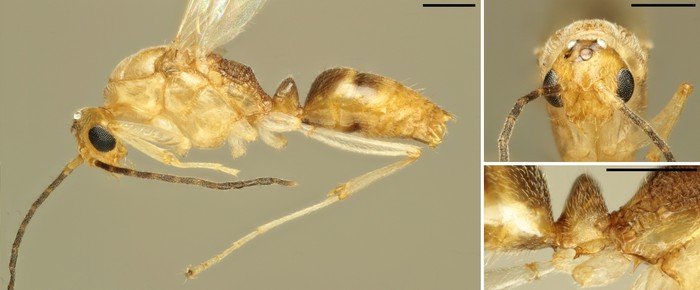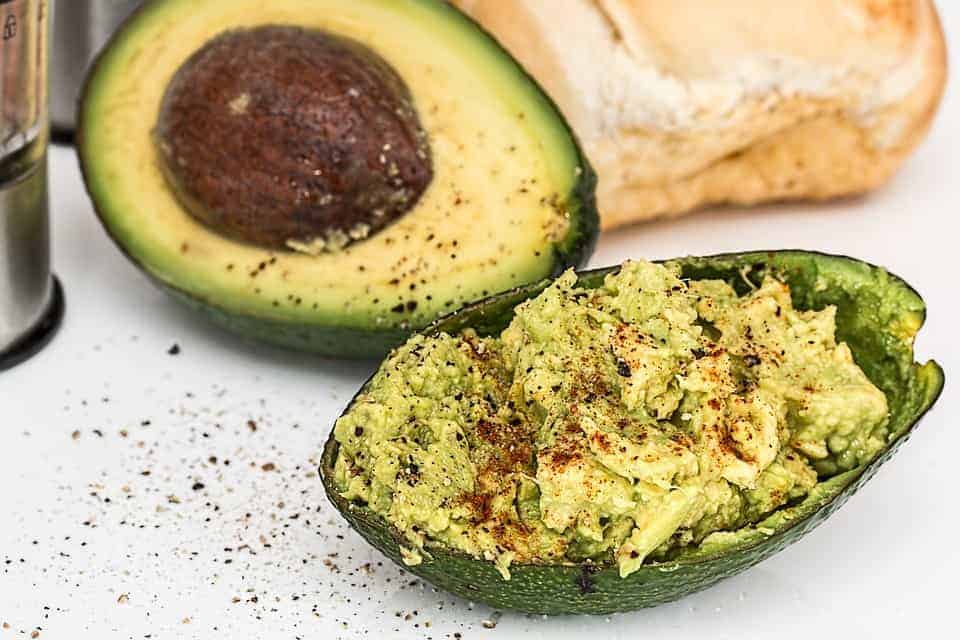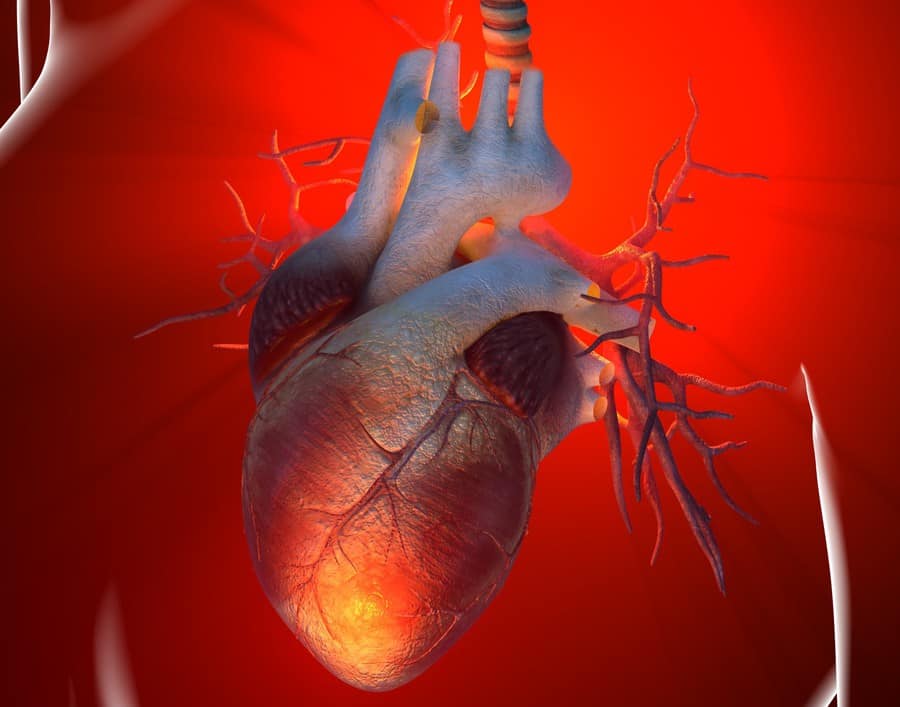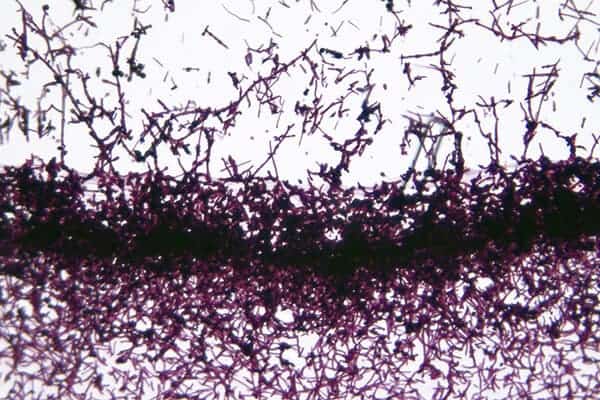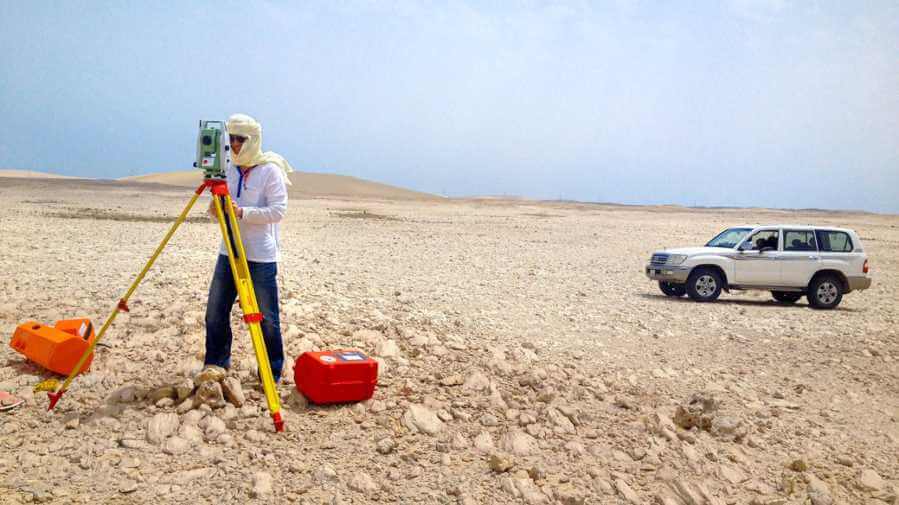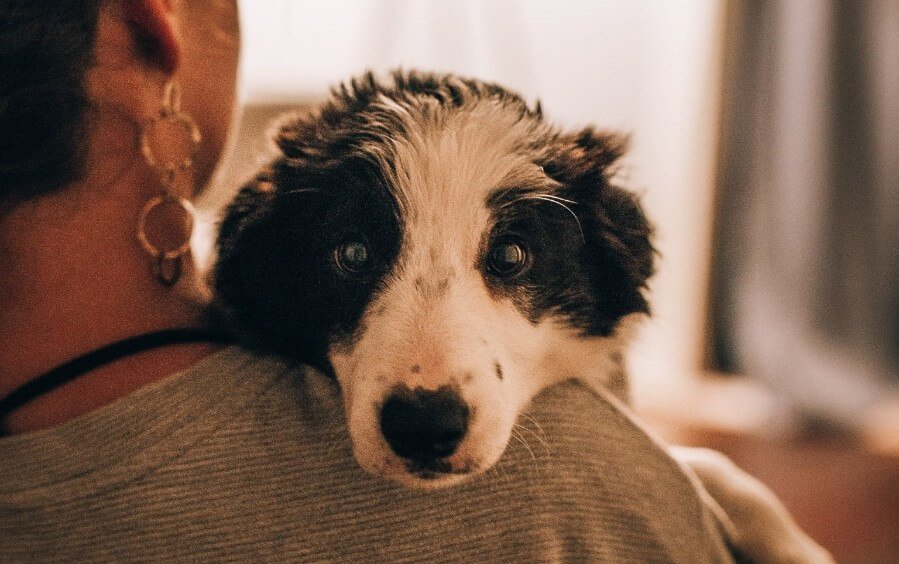The streets, alleys, paths and parks of our childhood leave a strong mark on us, with heretofore unsuspected benefits. A research team led by scientists from the Laboratoire d’Informatique en Image et Systèmes d’Information (LIRIS, CNRS/INSA Lyon/Université Claude Bernard Lyon 1) and the Institute of Behavioural Neurosciences at University College London has found that where […]
Read More


